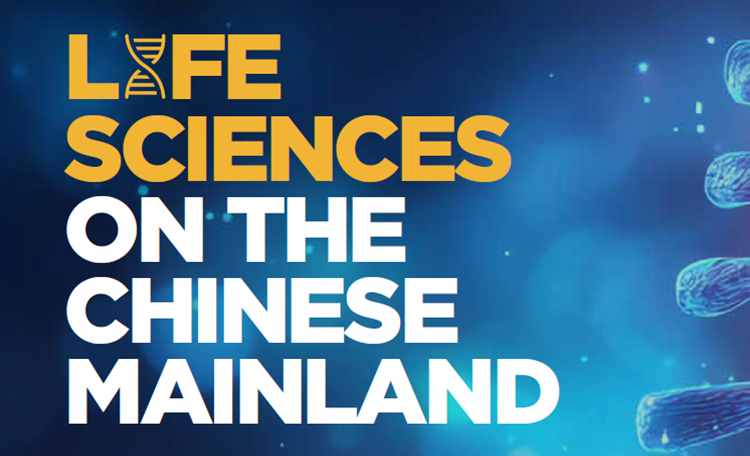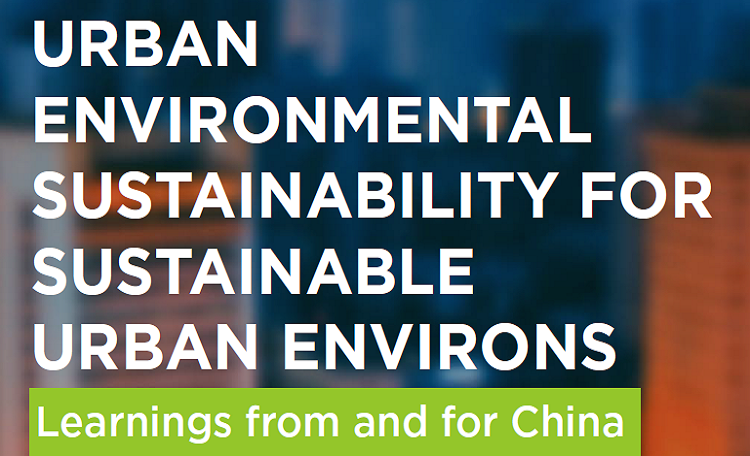The Chinese mainland’s life sciences sector is entering a new era of global influence, underpinned by robust policy support, surging R&D investment, and the rapid evolution of both biotech and MedTech solutions. For investors, the sector’s resilience and dynamism present a compelling opportunity—yet also demand a nuanced understanding of shifting regulatory, operational, and locational dynamics.
Policy as Catalyst: National and Local Drivers
Recent reforms have liberalised foreign investment in gene and cell therapy and enabled wholly foreign-owned hospitals in key cities. Regulatory incentives—such as data protection and marketing exclusivity—have improved market access for innovative drugs, while local governments in Beijing, Shanghai, and Suzhou have rolled out targeted subsidies, fast-track approvals, and ecosystem-building programmes. These measures are not only accelerating sector growth but also shaping the real estate landscape, with a clear pivot towards specialised, high-specification facilities.
Innovation and Industry Clustering
Chinese life sciences companies are moving rapidly up the value chain, with several domestic firms now recognised global players. Their success in advanced therapies and AI-assisted R&D is attracting international capital and licensing deals, reinforcing the Chinese mainland’s global relevance. Regional innovation hubs—Suzhou BioBAY, Zhangjiang Hi-Tech Park in Shanghai, and Beijing’s Zhongguancun Life Science Park—are central to this momentum, offering integrated support from shared labs to venture capital and proximity to academic and clinical networks.
Investment Trends and Asset Evolution
The investment environment for life sciences real estate is evolving. Investors are increasingly favouring asset-light models, flexible leasing, and high-compliance, modular facilities. In Tier-1 markets, supply is abundant and competition is intensifying, but central and western regions are seeing healthy demand and robust occupancy, driven by industrial clustering and policy alignment. Developers are responding with sustainability and compliance upgrades, digital infrastructure, and differentiated tenant strategies—key to meeting the sector’s growing ESG and regulatory expectations.
Market Snapshots: Beijing, Shanghai, Suzhou
- Beijing: The city’s north (Changping, Haidian) is anchored by top universities and research institutions, supporting innovation and R&D. The south (Daxing, Yizhuang) balances R&D and manufacturing, creating a complete life sciences industrial chain. Vacancy rates in core parks are low (7–8%), with rents ranging from RMB 1.7 to 5.0/sqm/day. New supply is focused on high-end, integrated facilities, and the policy environment is prioritising next-generation technologies such as cell therapy and synthetic biology.
- Shanghai: With over 110 biomedical parks and a total stock exceeding 8.6 million sqm, Shanghai is a national leader in biopharma. The “1+5+X” park planning framework promotes sub-sector specialisation and coordinated growth. Vacancy rates in prime areas like Zhangjiang are moderate (15%), with rents up to RMB 7.5/sqm/day. The city’s industrial output and manufacturing value continue to rise, and new projects are deepening the sector’s resilience and capacity.
- Suzhou: Suzhou’s “1+N” biomedical industry framework is anchored by Suzhou Industrial Park, the High-tech Zone, and Wuzhong District. The city leads the nation in innovative drug approvals and is home to over 2,000 biomedical enterprises. Vacancy rates in core parks are low (8%), and rents are competitive (RMB 1.0–2.0/sqm/day). Suzhou’s cluster model, strong talent base, and policy-driven spatial optimisation are driving both innovation and manufacturing expansion.
Future Outlook: Differentiation, ESG, and Tech-Driven Growth
Looking ahead, growth opportunities lie in AI-driven drug discovery, personalised medicine, and green-certified facilities. Both landlords and occupiers are prioritising flexibility, digital infrastructure, and integration into innovation clusters. Long-term value will be unlocked by targeting specialised, ESG-aligned assets in policy-supported hubs and by partnering with operators who can deliver integrated, tech-enabled ecosystems. With strong policy backing and the continued rise of innovation clusters, the Chinese mainland life sciences real estate market is set to deepen its role as a cornerstone of the country’s innovation-driven economy.
Conclusion
Finally, for investors in particular, the Chinese mainland’s life sciences real estate offers both resilience and growth, underpinned by strong policy support, innovation clusters, and deepening global integration. Long-term value will be captured by targeting specialised, ESG-aligned assets in policy-backed hubs and by partnering with experienced operators who can deliver flexible, high-specification, and tech-enabled facilities. As capital flows into the sector, disciplined asset selection and alignment with regulatory and tenant demands will be key to maximising returns in this evolving market.
All insights sourced from Cushman & Wakefield’s “Chinese Mainland Life Sciences Real Estate Market Report 2025” and “Life Sciences September 2025 Update” only [1] [2].
References
[1] chinese-mainland-life-sciences-real-estate-market-report-2025
[2] Life Sciences Sept 2025 Update




